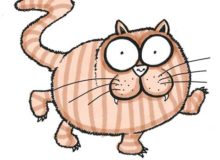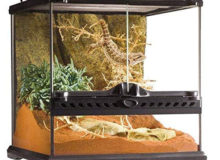What Are Ragdoll Cats – possibly the Purrrfect Pet!
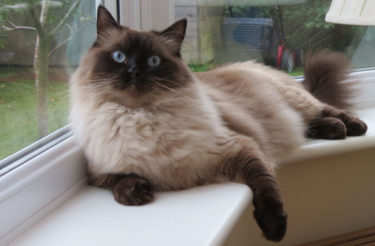
Animals enrich our lives in so many ways. They make us feel loved, secure, and calm in a world where things aren’t always perfect.
Cats are known to bond with their humans for life.
That means they’ll love you forever. Feral cats live in the wild and should be left alone.
But house cats make amazing pets and because they don’t venture outside the risk of cat-related disease, injuries and death from vehicles is substantially reduced and even eliminated.
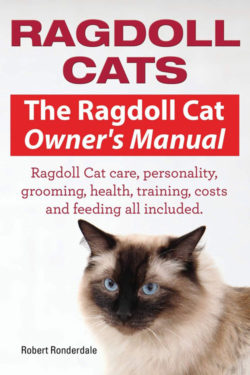
What is a house cat?
A house cat is a feline that can be domesticated and live happily with humans. Ragdoll cats make wonderful house cats due to their delightful demeanour and playful antics.
Basically, it’s a cat that does not generally go outside your home – hence the term house cat. My house cats, rag dolls in this case, never go out into the garden unless I am with them as they are so friendly and trusting that they would soon wander off.
They are also stunning looking cats and valuable, making them more likely than your average cat to be taken. I decided to have house cats because I had lost a couple of cats on the road near my home and didn’t want the heartache of losing another pet this way.
There are various different types of ragdoll cats based on coloring, but they all have one thing in common. You’ll be captivated by their sparkling blue eyes and fall in love with their gentle spirit.
What Are Ragdoll Cats?
It seems a rather strange name for a cat breed. Where did this odd name come from? These lovable and docile cats acquired the name because their big soft bodies go limp like a ragdoll when picked up.
Ragdoll cats range on the larger scale and can be rather muscular. Their temperament is very docile, and they’re extremely affectionate. With their gentle demeanor and constant playfulness, they’re the perfect house cat.
While some cat breeds may seem like they’d like to strangle their owner in during the night, the typical ragdoll cat behavior is a bit more amiable.
Where Do Ragdoll Cats Come From?
The ragdoll breed was developed in the 1960s by Anne Baker, an American breeder. When her neighbor’s cat – a Persian/Angora mix – became pregnant with a litter of kittens that were fathered by a Burmese-like male, the ragdoll breed began. Baker began selectively breeding these cats to obtain just the right mix of traits for which the breed is now known.
Choose Your Cat Rag doll Color
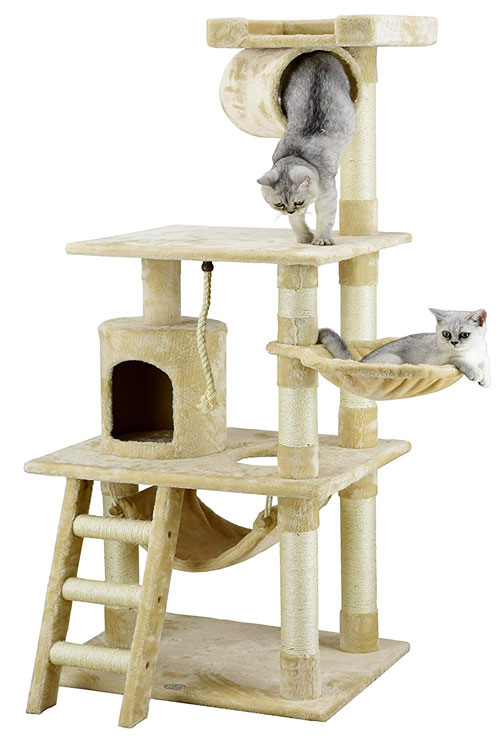
Ragdoll cats have semi-long, silky hair and a colorpoint coat, meaning the extremities (ears, feet, tail, face, and scrotum) have a darker coloring while the rest of the body is much paler. Their coats consist of long hairs that make them look fluffier than they really are. They lack the typically dense undercoat of regular cats, resulting in less shedding.
There are six different types of ragdoll cats based on their coloring traits. You can choose from:
- Red
- Chocolate
- Seal
- Blue
- Lilac
- Cream
Within these colors sets are variations of lynx and tortoiseshell coloring. A lynx will have coloring similar to a tabby cat. The tortoiseshell (tortie) wears a mottled version of the six colors.
Along with the six Rag doll Cat Colors, There are Three Patterns to Consider:
Bicolor – these cats have white legs and abdomens. They can sometimes also have white patches on their backs. An upside down “V” colors their face but leaves their nose and chin white.
Mitted – easy to spot, these cats have a white streak that runs from their chins to their genitals via the abdomen. They’ll also have white paws with darker colored legs.
Colorpoint – a solid dark color will cover their ears, nose, tail, and all four paws while the rest of their coloring is pale.
If you plan on adopting a ragdoll kitten, you won’t see any color at first. Ragdoll kittens are born completely white. Around two months old, they start to develop some color in their coats. By age three or four years old, the coat has reached its full color maturation.
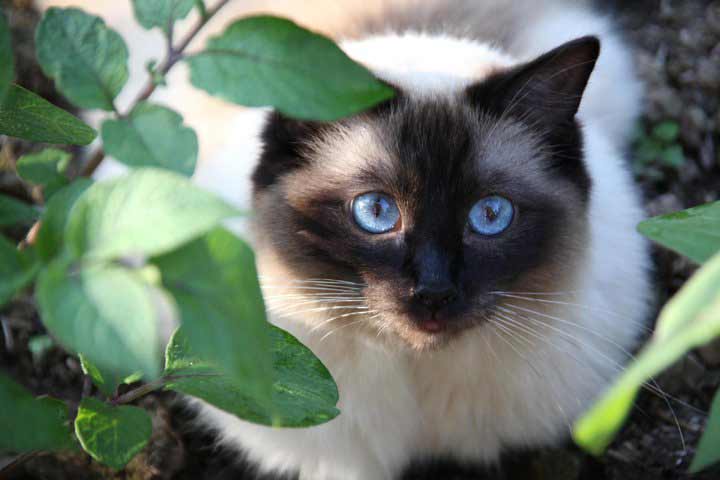
Drown In Those Baby Blue Ragdoll Cat Eyes
The colorpoint gene is responsible for giving ragdoll cats those crystal blue eyes. Like shining blue ovals, their eyes are striking beautiful.
Some animals are born with blue eyes that change color once they mature. Even though there are a variety of different types of ragdoll cats, their eyes remain blue their entire lives.
Rag doll Cat Health
An adult female can weigh up to 15 pounds while a male can reach up to 20 pounds, and they can survive up to 25 years. Some inherit the gene that causes hypertrophic cardiomyopathy (a form of heart disease). They are also prone to bladder stones and kidney issues.
The most common cause of death is related to urinary and kidney problems. With this in mind, be selective about the type of cat food you use. Most pet food is made from meat by-products and loaded with chemicals and preservatives that can aggravate kidneys and urinary tracts.
Additives and food coloring only add to those problems. Instead, try an organic brand that uses real food. There are vegan brands of cat food made from plant-based proteins which are non-GMO, easy to digest, and taste just like chicken.

Rag doll Cat Behaviour
Nicknamed “cat dogs”, they mimic dog behaviors in that they are known to follow close at your heels, like a puppy. My female ragdoll, Milly, is my faithful companion and trots after me from room to room.
They are highly intelligent and can learn tricks just like dogs do. With the proper food motivation, they can learn basic tricks. They can be taught to come, shake your hand, roll over, kiss, and walk on a leash and harness. They can even be trained to play fetch.
Another aspect of the ragdoll cat behavior their lack of aggression towards other animals. They’re curious and friendly but enjoy gently play fighting. Milly and my boy Oscar love to zoom through the house taking turns chasing each other. Milly is a bit chunky so the exercise does her good.
Handling Ragdoll Cats
Ragdolls are very comfortable being handled by their owners and look forward to it. It’s just another opportunity to steal some affection. You won’t find them climbing much higher than the sofa since they enjoy being close to their humans.
Like all cats, they purr and meow. Usually, ragdolls aren’t overly vocal. But at times Oscar can be especially loud when he wants attention or a refill of his food bowl.
 Grooming Your Cat Rag doll style
Grooming Your Cat Rag doll style
Because their hair is a bit long, it will tend to get matted. If they roam outdoors, twigs and leaves can become knotted in their fur.
Sometimes the hairs around their rectum will tangle around their faeces and get stuck. Keep their hair trimmed so your cat doesn’t walk around with poop dangling from her behind.
Trimming the long hairs under their tail and back legs will help them free of any faeces trying to hitch a ride.
Ragdoll cats should be brushed at least twice a week to remove tangles, knots, and whatever else they may have picked up. They’ll enjoy it because it feels just like a massage.
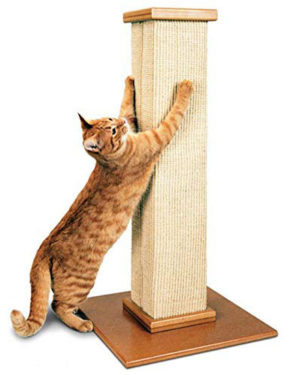
Bathing and Trimming a Ragdoll Cat
Like any other type of hair, it can become straggly and greasy. Pet-safe shampoo will clean the hair without drying out their skin. Acclimate them to water when they’re young, and they may come to enjoy bath time as much as Oscar does. He loves to settle himself in the sink for a nice bubble bath.
Bath them when they need it. But if bath time is too difficult, use a baby wipe to wash them down once a week.
Trim the nails about every two weeks or so. A scratching post helps to file them down and plus it just feels good to stretch their claws. Declawing is traumatic and takes away their only form of protecting themselves, so it isn’t recommended. A quick trim is enough.
Are Ragdoll Cats Hypoallergenic?
No. But since they have no undercoat, they shed less and collect less dander than other cats. If you’re allergic to the dander, you may have an easier time with ragdolls.

How Much Do Ragdoll Cats Cost, And Where Can I Get One?
Because ragdoll cats are a specific breed and often used as show cats, they can cost up to $1000. But before you throw your money at expensive breeders, there are alternatives.
Try adoption first. There are several ragdoll cat rescue organizations who take in lost, abandoned, or surrendered ragdolls. How much do ragdoll cats cost from a shelter? Most shelters charge less than $50. Aside from a much lower cost, adoption helps to lower the overpopulation of animals due to extensive breeding.
RAGDOLL KITTENS FOR SALE
Is not an advert you will see often. if you do you will be lucky as they are so popular that breeders don’t generally have to advertise as they are usually snapped up via word of mouth.
Shelters take in all types of animals, and you’ll be surprised at the number of pure-bred pets that people surrender.
Fostering is another option if you’d like to test the waters before owning a house cat. Often times, you can adopt the cat for free if you’ve fostered it.
 Ragdoll Cats Make The Perfect Pet
Ragdoll Cats Make The Perfect Pet
Ragdoll cats are the perfect pet because they love to love you. Their laid-back attitude and pleasant demeanor makes you want to shower them with love any chance you get. Their typical ragdoll cat behaviors make them the perfect playmate for children. They don’t mind being tucked into a doll stroller, playing dress-up, or attending a tea party while wearing a dress and tiara.
They aren’t prone to destructive behaviors so you’re furniture isn’t in danger of mutilation. Declawing a ragdoll isn’t necessary since they rarely use their claws except to climb in bed with you.
Other pets quickly become friends rather than threats. Ragdolls are amiable with cats and dogs and sometimes even birds. They’d rather turn smaller animals into a playmate than a snack.
Floppy bodies, gentle playfulness, distinct coloring, and a loyalty to their owners make having them as a house cat a pleasure. Their serene attitudes pull our heart strings and make us want to love them as much as they love us.
If you would like more information on looking after your cat see my review of 5 top rated cat care books here…

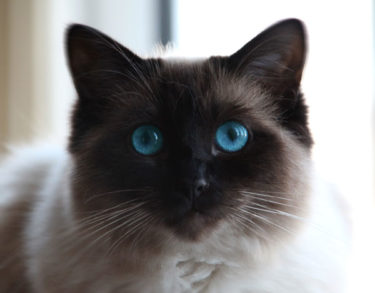 Grooming Your Cat Rag doll style
Grooming Your Cat Rag doll style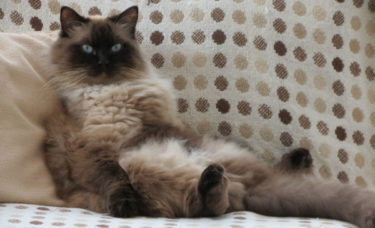 Ragdoll Cats Make The Perfect Pet
Ragdoll Cats Make The Perfect Pet



